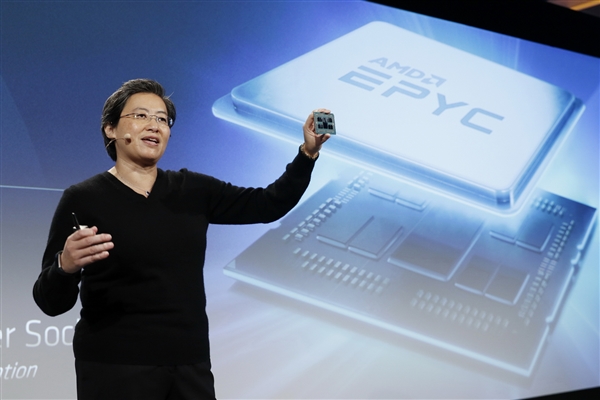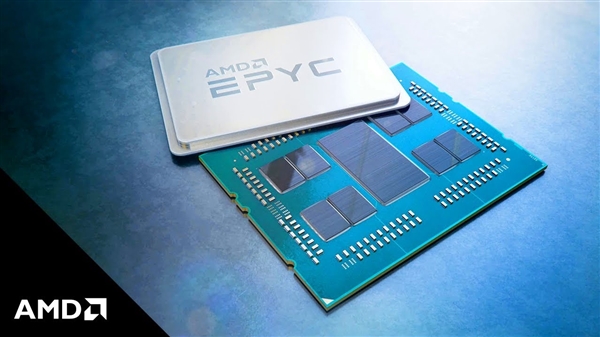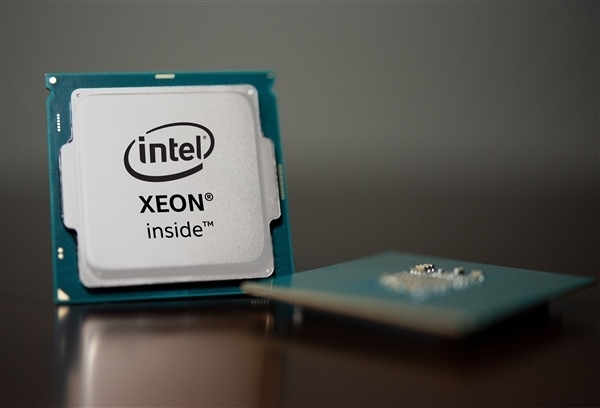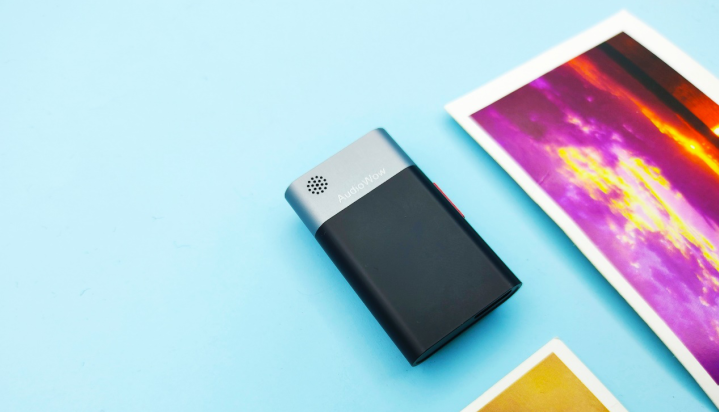AMD officially announced today that it will hold an online global press conference at 0:00 on March 16th, Beijing time (11:00 on the 15th, US Eastern Time / 8:00 on the 15th, Pacific Time), officially launching the third-generation EPYC processor.
At that time, AMD President and CEO Dr. Su Zifeng, Executive Vice President of Technology and Engineering and CTO Mark Papermaster, General Manager and Senior Vice President of Data Center and Embedded Solutions Division Forrest Norrod, General Manager and Senior Vice President of Server Business Dan McNamara will attend the press conference and give speeches.
According to AMD’s previous statement, the performance of the third-generation EPYC processor can exceed the performance of competing products by up to 68%.

The third-generation EPYC processor’s development code is Milan. It will continue to be manufactured by using TSMC’s 7nm process but will be upgraded to the new Zen3 architecture. Except for frequency and power consumption, the overall specifications are basically the same as those of the second generation. The internal is still the chiplet design. It is still up to 64 cores and 128 threads, 32MB L2 cache, 256MB L3 cache, eight-channel DDR4-3200 memory, 128 PCIe 4.0 threads.
But with the new architecture, the performance and energy efficiency of the third-generation of EPYC processor will be significantly improved.

According to previous reports, the third generation of EPYC will have at least 19 different models, including 15 dual-channel models, 4 single-channel models, and core numbers ranging from 8, 16, 24, 28, 32, 48, 56, and 64.
Among them, the flagship model is EPYC 7763, the core frequency is 2.45-3.5GHz, and the thermal design power consumption is up to 280W.
There are many types of frequencies that reach or exceed 4.0GHz. For example, the 32-core EPYC 75F3 has a frequency range between 3.25-4.0GHz and the thermal design power consumption is 280W, while the 8-core EPYC 72F3 has a maximum frequency range of 3.65-4.1GHz, and the thermal design power consumes 180W.

The next fourth generation of EPYC, code-named Genoa, will be upgraded to a 5nm process and Zen4 architecture. It is said that it will have up to 96 cores and 192 threads, 12 channels of DDR5-5200 memory, 128 PCIe 5.0 threads, thermal design power consumption up to 320W (it can be adjusted to 400W), the interface will be changed to SP5 LGA6096 for the first time.
Intel will release the third-generation of XEON Ice Lake-SP, which is expected to be up to 36 cores and 72 threads. The 10nm process will be used on it for the first time.
Next year, there will be the fourth generation of Sapphire Rapids, which will upgrade the 10nm Enhanced SuperFin manufacturing process. The multi-core package will have up to 56 cores and 112 threads (hidden 4), 64GB HBM memory, support for eight channels ODDR5-4800, 80 PCIe 5.0, the design power consumption will be up to 400W, and the interface will become LGA4677.





